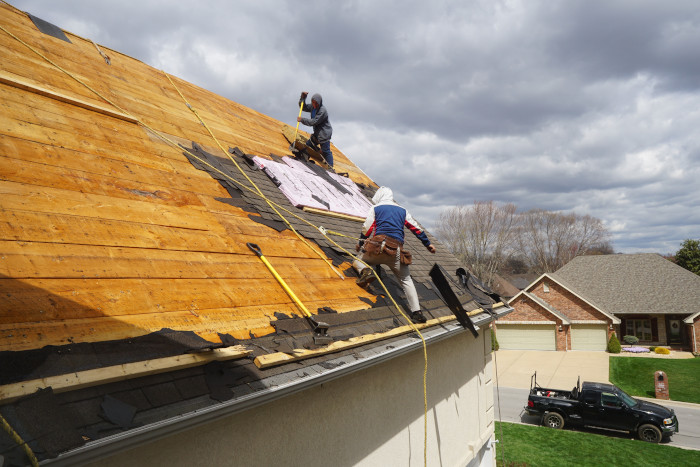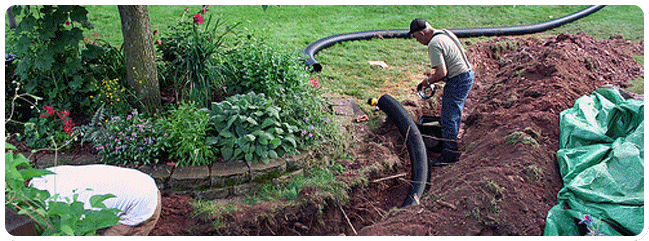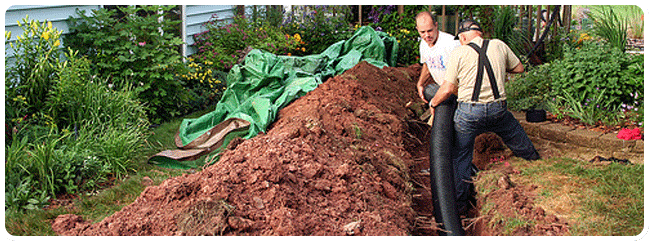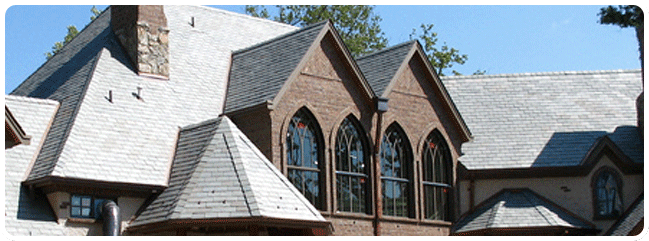A proper underlayment is an important part of any roofing system, and the type you choose should be based on your climate and the style of the roof. There are three main types of roofing underlayment: asphalt-saturated felt, rubberized asphalt, and synthetic underlayment. Let’s take a closer look at each one.

Asphalt-Saturated Felt
Best for: Inexpensive roof repairs, slate shingles, and tile shingles
The classic type of roof underlayment is known as asphalt-saturated felt. It’s similar to tar paper, except that instead of tar, the waterproofing ingredient is asphalt. This style of roof underlayment has been used for decades to provide adequate moisture protection and insulation, but it just doesn’t measure up to the flexibility and durability offered by rubberized asphalt or synthetic roof underlayment.
Asphalt-saturated felt is also known as roofing felt or felt paper. As the most affordable option for roof underlayment, roofing felt remains a popular option that can improve the durability of the roof deck in order to protect against impact damage from hailstones or airborne debris, like tree branches. It comes in two standard weights, including 15 pounds per hundred square feet (No. 15 felt) and 30 pounds per hundred square feet (No. 30 felt). Source: TheSpruce
Rubberized Asphalt
Rubberized asphalt roofing underlayment has rubber polymers and asphalt mixed in, making the material waterproof. This also makes it a great choice for areas that receive heavy snowfall, as snow or ice that gets under the shingles and melts will not penetrate the underlayment. This type of underlayment looks and feels a bit rubbery compared to other underlayments. Peel-and-stick versions seal themselves around nails and staples used for the roofing material. Since this underlayment sticks to the roof deck without using any fasteners, a clean roof deck is critical, as any debris from old shingles could cause it to not adhere properly. Source: Hunker
Synthetic
Different types of synthetic underlayment have been around since the early 2000’s. Most synthetics are woven or spun from either polyethylene or polypropylene. While the ingredients are similar, the manufacturing process and thickness of each type of underlayment can be fine-tuned to produce different properties, such as exposure time and walkability. One way of comparing synthetic underlayment is by weight, similar to the way that felt is compared. Instead of pounds-per-100-square-foot, synthetics are rated by grams-per-square-meter (GSM). Source: FamilyHandyman
Can’t identify which among these three is best suited for your home? Give us a call! We’ll gladly help you out.
Contact:
Kerrisdale Roofing & Drains Ltd.
168 W 71st Ave, Vancouver, BC V5X 4S7
(604) 360-2114



















